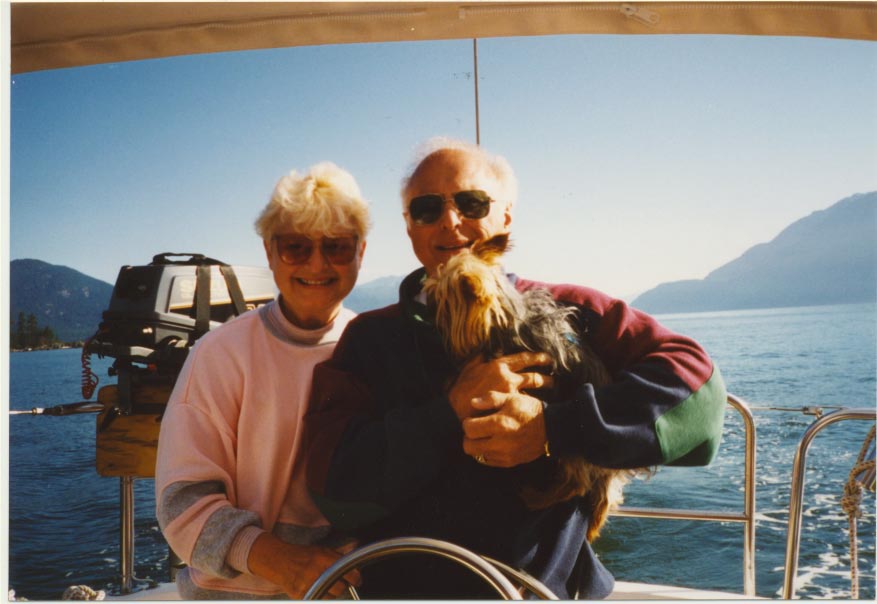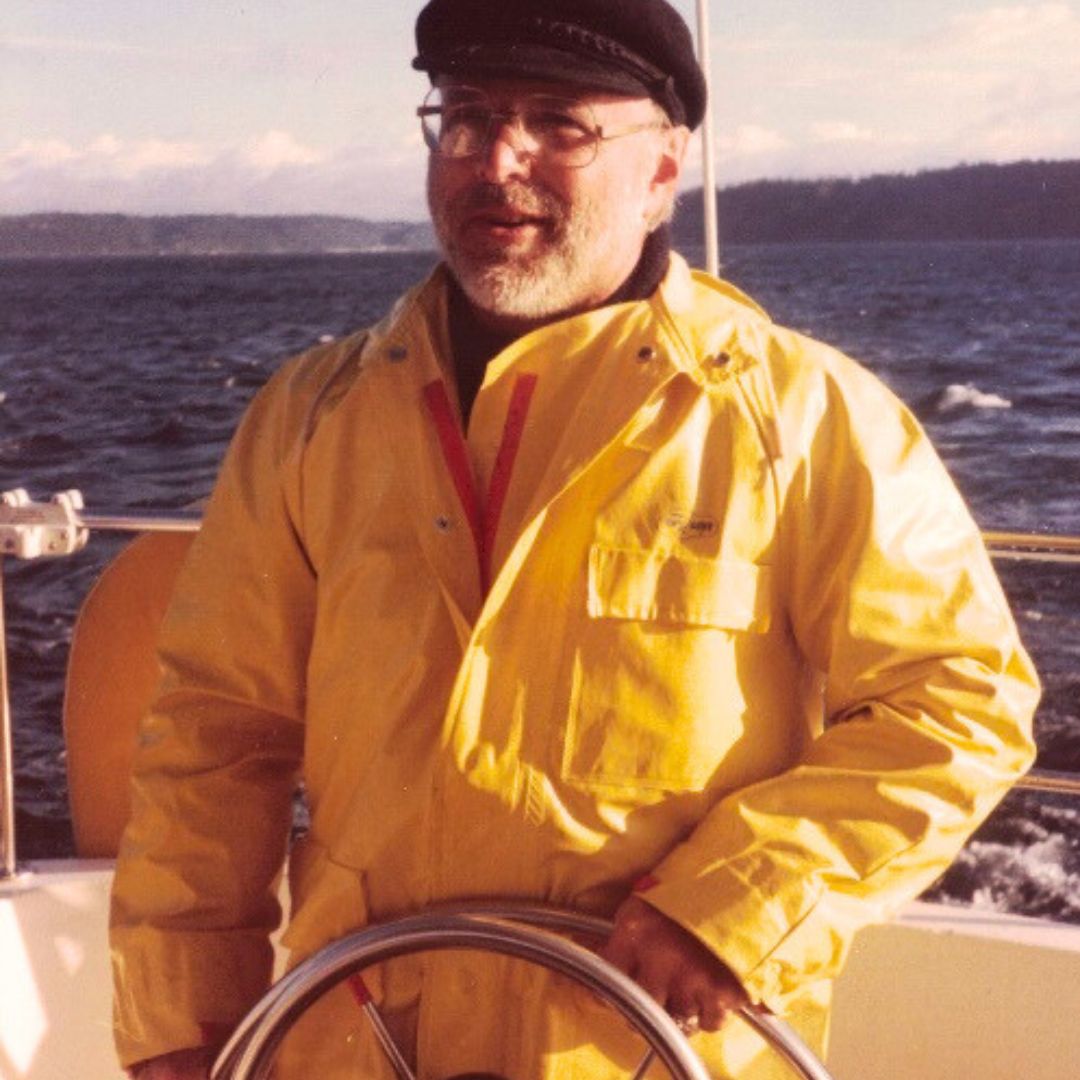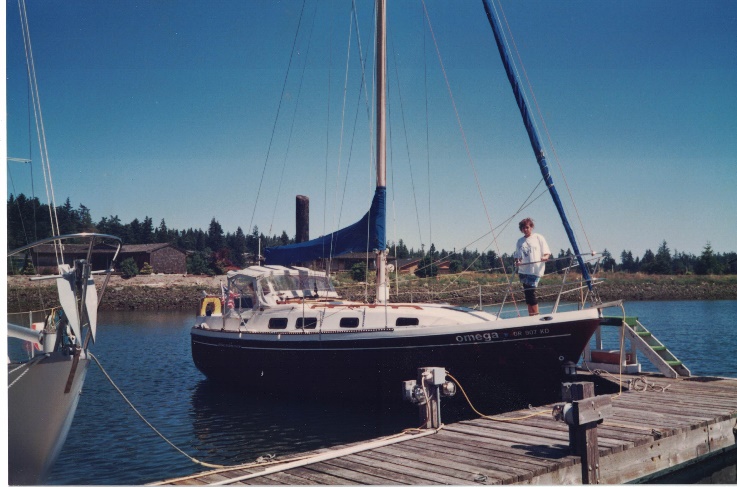Listen to this episode of the Focus with Marlene Podcast:
Get caught up with all episodes in the Developing a New Focus series.
My husband and I were avid sailors. We moved to beautiful Northern Washington to take advantage of the wonderful cruising in the San Juan Islands.

Before you begin any cruise, however, you need to have a destination in mind. That might mean just an afternoon sailing in the waters close to home. Or it might mean an extended trip up into the Vancouver Islands. Either way, you need to know the route you will take and what obstacles you might encounter.
But it’s not only having a definite route planned before you leave port, it is important to know the rules. You need to be aware of other boats out for a sail. You need to know where the shipping lanes are, what the different buoys mean, and how to chart a course. You must take into consideration prevailing winds, tides, and currents.
You also need to know the condition of your boat. What can it weather without peril? How does it perform in a storm?
Without these basics you can easily get into trouble.
Cruising through Life
It is the same with life. We need to know how to take the helm and navigate through waters of personal development, careers, family, and long-term relationships.

This requires planning a designated route, knowing where the rip tides are, understanding how to avoid submerged and dangerous rocks, and knowing how to find safe passages when the weather gets rough.
Preparation for life involves not only knowledge of the areas where we want to go, but also, preparation and knowledge of ourselves.

There were times after charting a course and setting sail, that we could activate the automatic pilot – a self-steering apparatus that enabled us to take our hands off the wheel, allowing the automatic pilot to take over. Even so, we never left the cockpit. We continued to monitor the boat’s passage so we could take control of the helm at a moment’s notice.
Are you on automatic pilot?
While the automatic pilot could self-correct within a predetermined set path, it couldn’t anticipate the unexpected.
That is also true for us as we navigate life. We set goals, develop a course of action, and go on automatic pilot. Yet, if we have not prepared for the unexpected – knowing what to do when the weather changes, when the fog rolls in, or when the winds whip up a storm – we will not know how to take over the helm and self-correct our directions and actions.
Unless you are in danger of running aground, crashing into a barrier reef, or being run over by a ferry or large ship, correcting a course on a predetermined course usually takes only small actions. The rudder on any size boat is relatively small in relation to the size of the boat, but its steering capacity is remarkable.
If you have dealt in the past with panic and severe reactions to unexpected changes, your first response to any perceived or real danger in the present will be panic and fear.
It takes time to replace old responses with calm and thoughtful consideration.

While fear and panic can motivate us to take immediate emergency action, if you see every situation as some kind of danger, your responses will continue to become overreactive.
And when we remain stressed for long periods of time without resolution, we become a candidate for major health problems.
 For more on this topic, see my book, Make Stress Work for You, 12 Steps to Understanding Stress and Turning it into a Positive Force
For more on this topic, see my book, Make Stress Work for You, 12 Steps to Understanding Stress and Turning it into a Positive Force
In order to change habits of overreacting, we need to first learn a new way to assess and evaluate before responding.
Related article: How to Replace Bad Habits with Beneficial Habits
If you are experiencing unexpected problems that seem to never end, resist the impulse to automatically think how bad it is.
Instead, take a slow, deep breath and tell yourself as you evaluate the situation, “I am able to work through this, one step at a time.”
Turn from thinking the worst to focusing on the specifics of what you are facing.
This takes you out of the reactive state into becoming proactive.
Write down all aspects of the problem. Is this a minor correction to your life or will this require a whole new change of direction?

Do whatever is necessary to stabilize your position while you work on finding a long-term solution. Becoming proactive instead of having a knee-jerk reaction allows you time to think and search for a more appropriate response.
After identifying all aspects of your problem, you will be able to alter or chart a new course and put down the steps needed to make it happen.
Be sure to evaluate your progress as you go along to be sure it is accomplishing your final outcome.
Related article: Problem-Solving, Step 1: Identify the Problem and Define the Conflict
There will be times when you can run on automatic pilot. Just be prepared to take back the helm quickly and correct or change directions as needed.

